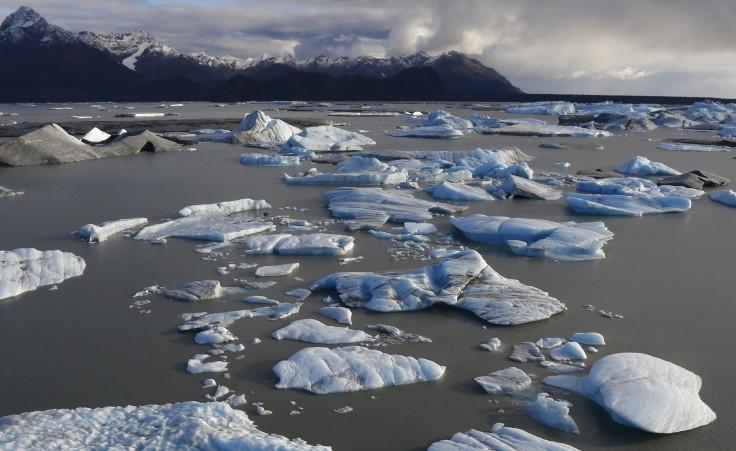Mammoth Extinction Cause: Alaska Island Species Died Off From Lack Of Water

Alaska’s St. Paul Island, located in the Bering Sea between the U.S. and Russia, was once home to woolly mammoths — an ancestral cousin of the elephant. The Ice Age animals living on the small volcanic island went extinct 5,600 years ago and are considered to be one of the last surviving mammoth populations, as other specimens elsewhere around the world had died off 5,000 years prior. Now, scientists might finally know what killed them off.
According to researchers from the U.S. and Canada, who published their findings in the Proceedings of the National Academy of Sciences, a lack of drinking water led to the extinction of the fur-covered giants. The team studied traces of sedimentary ancient DNA and environmental changes on the island, which became inhabited with humans in 1787, only to find a shrink in the mammoth population to correlate with a reduction in the supply of freshwater. This decline in resources was caused by a drier climate and rising sea levels, making the island smaller and the lakes shallower.
As a result, the mammoths were forced to share scarce water holes and overcrowding hastened their disappearance. When the giant animals would gather around the remaining water supply, they would stomp on the surrounding vegetation and speed up erosion, which further diminished the available freshwater.
"They were milling around, which would destroy the vegetation — we see this with modern elephants,” said Russell Graham, lead author of the study and professor of geosciences at Pennsylvania State University, reports the BBC. "And this allows for the erosion of sediments to go into the lake, which is creating less and less fresh water. The mammoths were contributing to their own demise."
The deficit of water, coupled with the creature’s presumably high water intake, resulted in a lethal chain of events for the dwindling mammoth population.
"We do know modern elephants require between 70 and 200 litres of water daily," Graham said. "We assume mammoths did the same thing. It wouldn't have taken long if the water hole had dried up. If it had only dried up for a month, it could have been fatal."
Aside from providing an answer to what killed off the mammoths on St. Paul Island, the study serves to underline how the sustainability of a species is impacted by the altering environment.
"In a broader perspective, this study highlights that small populations are very sensitive to changes in the environment,” said Love Dalen, a professor in evolutionary genetics at the Swedish Museum of Natural History, to the BBC.
© Copyright IBTimes 2024. All rights reserved.






















